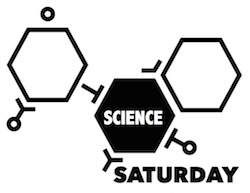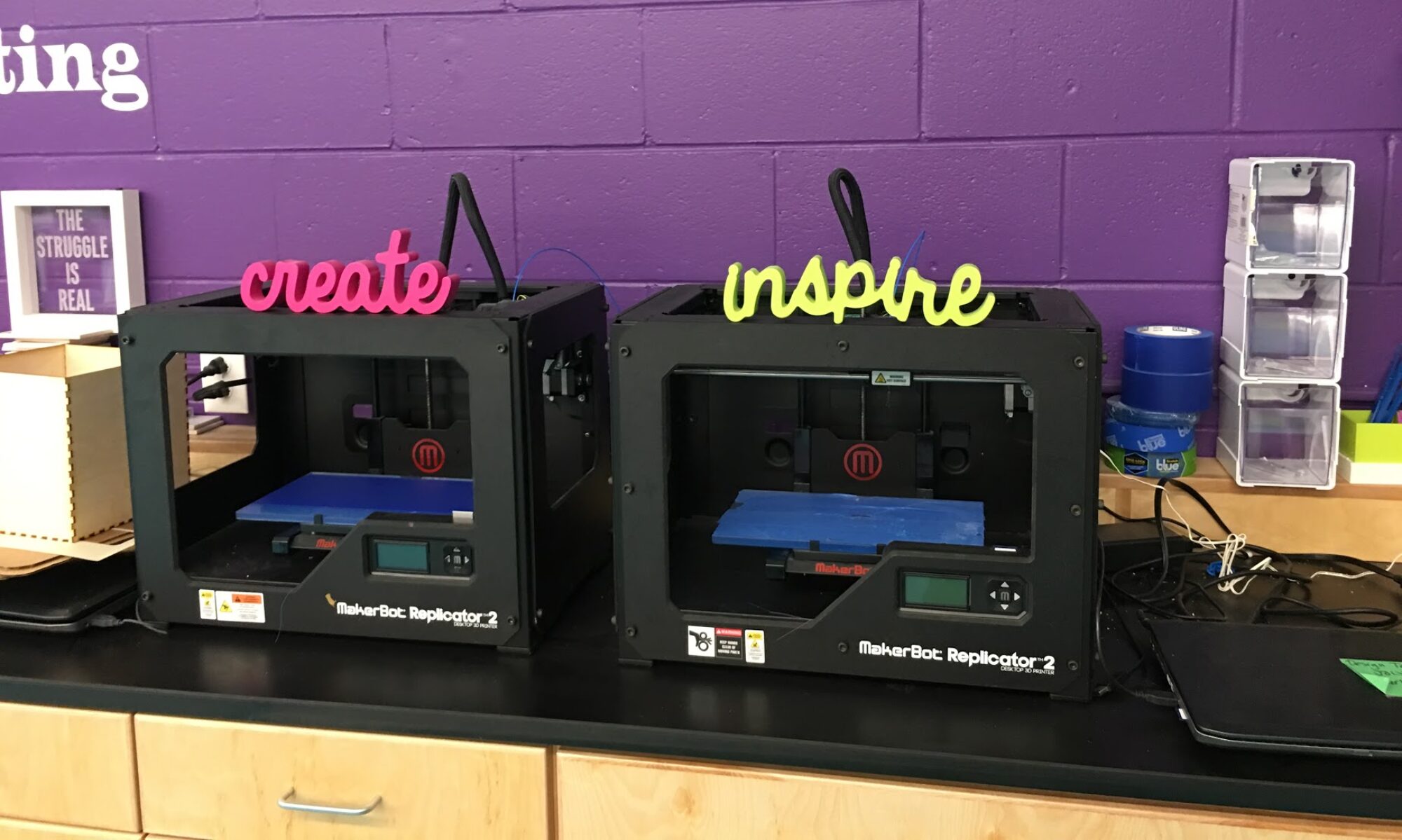 A couple of weeks ago, Lucie deLaBruere of Learning with Lucie shared a post considering how we can embrace the emerging interest in Makerspace learning to move “Beyond Bling.” This post ignited my thinking about this type of learning in a number of different ways. I thought I’d take today to explore some of those thoughts in a commentary about the ideas in the post. If you haven’t read it yet, I encourage you to go back and check it out. Once you have done that, I think you might be interested in further considerations of complex problems, project-based learning, and constructionism as a learning philosophy.
A couple of weeks ago, Lucie deLaBruere of Learning with Lucie shared a post considering how we can embrace the emerging interest in Makerspace learning to move “Beyond Bling.” This post ignited my thinking about this type of learning in a number of different ways. I thought I’d take today to explore some of those thoughts in a commentary about the ideas in the post. If you haven’t read it yet, I encourage you to go back and check it out. Once you have done that, I think you might be interested in further considerations of complex problems, project-based learning, and constructionism as a learning philosophy.
Lucie points out that using these types of technologies to create “bling” is a good starting point, but that those experiences can be used as a foundation for students to move forward and solve complex problems. I think that we can carry that line of thinking even further. We can think of complex problems as those that cannot be solved using simple logical or linear problem-solving techniques. They may require lateral thinking, innovation, and consideration of multiple stakeholders and influences. In other words, they are real world problems.
Once students have been exposed to the potentials of these types of technology tools, not only are they able to work towards authentic solutions to these types of problems, they are also able to recognize and define these problems. Problem definition is an increasingly important 21st century skill. This is further supported by project-based learning opportunities where students imagine and define their own projects. These types of opportunities not only help students develop skills to define and work towards the solutions of complex problems, they also allow students to authentically engage with technology tools and resources.
The final thing that emerged from Lucie’s piece was the connection with constructionism.
I’ve talked about this principle before in this space, so I won’t go on too long, but the freedom to create that Makerspace settings provide learners is very powerful. Not only do they build their knowledge, they build artifacts. They then see how their products interact in the real world, and are able to troubleshoot their creations, which greatly adds to their knowledge.
Does your school have a Makerspace, or are you starting to plan for these types of opportunities in your classroom? Let us know if the comments!
Also, a happy end (or nearly end) of the school year to the practitioners who read this blog. I hope that over summer you take the time to live, learn, read, imagine, and make something!


Making even more of “Beyond Bling” http://t.co/sgfzsMVPfY http://t.co/SPxz2hejev
Making even more of “Beyond Bling” http://t.co/gjKaIJbE5o via @innovativeEd